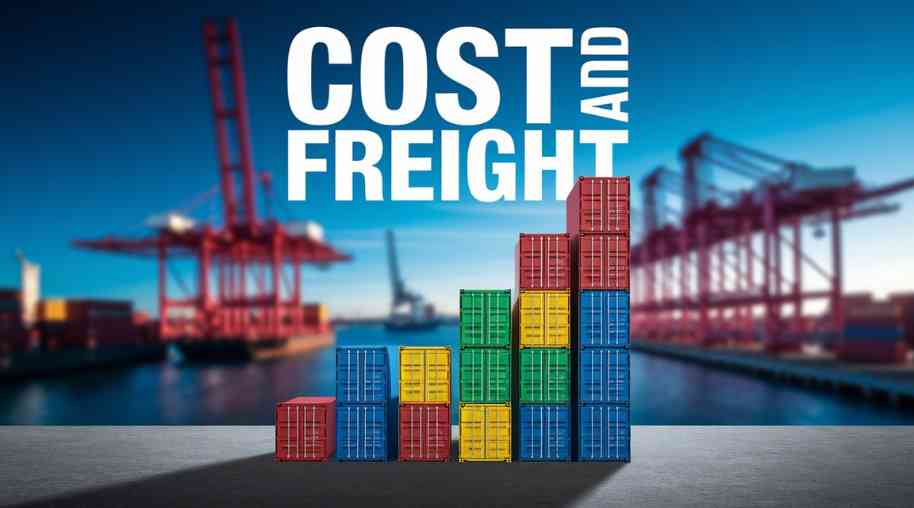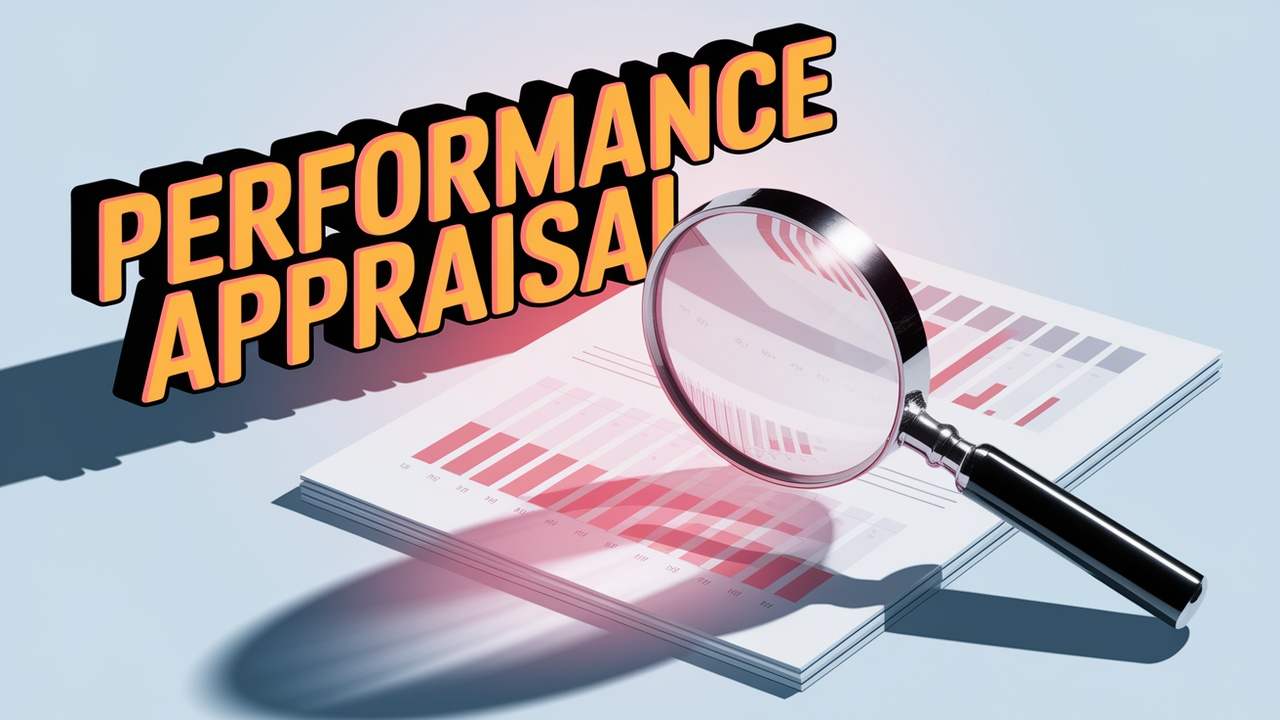CFR Full Form - Cost and Freight
by Shashi Gaherwar
0 2038
Cost and Freight (CFR): Understanding Its Role in International Shipping
In international trade, Cost and Freight (CFR), an Incoterm under the ICC’s 2020 rules, defines buyer and seller responsibilities in sea or inland waterway shipping. It clarifies who pays freight charges and when ownership transfers, aiding cost management and risk mitigation.

This article explores CFR, its mechanics, benefits, and drawbacks for businesses engaged in global trade.
What is Cost and Freight?
Cost and Freight (CFR) is an Incoterm where the seller pays for delivering goods to the destination port, including freight charges and loading. Risk and ownership transfer to the buyer once goods pass the ship’s rail at the departure port, making CFR specific to sea or inland waterway transport.
How Does Cost and Freight Work?
A CFR transaction involves distinct responsibilities:
- Seller’s Responsibilities:
- Cost of Goods: Provides and packages goods for shipment.
- Freight Charges: Pays for transport to the destination port, including shipping costs.
- Export Customs Clearance: Handles export documents and duties.
- Loading Goods: Ensures goods are loaded onto the vessel.
- Buyer’s Responsibilities:
- Risk Transfer: Assumes risk for damage or loss post-loading.
- Import Customs Clearance: Manages import duties and procedures.
- Unloading and Delivery: Arranges unloading and transport from the destination port.
Benefits of Cost and Freight
CFR offers advantages for international trade:
- Simplified Shipping for Buyers: Seller handles freight, easing logistics for buyers.
- Cost Control for Sellers: Sellers negotiate freight, potentially reducing shipping costs.
- Clear Risk Allocation: Defines risk transfer at ship’s rail, clarifying responsibilities.
- Flexibility in Shipping: Allows sellers to optimize transport for large or specialized shipments.
- Predictable Costs for Buyers: Fixed freight costs aid buyer budgeting.
Challenges and Drawbacks of Cost and Freight
CFR has limitations:
- Limited Seller Liability: Buyer bears post-loading risks, facing potential losses.
- Insurance Needs: Buyers must secure marine cargo insurance to cover transit risks.
- Lack of Buyer Control: Buyers cannot choose carriers or routes, risking delivery issues.
- Customs and Import Charges: Buyer handles import duties, requiring expertise.
- Potential Delays: Buyers face delays at destination due to unloading or customs.
When to Use Cost and Freight?
CFR is ideal when:
- Buyers accept risk post-loading.
- Sea or inland waterway transport is used.
- Sellers can efficiently manage shipping logistics.
- Buyers can handle import clearance and destination transport.
Cost and Freight (CFR) clarifies shipping responsibilities, streamlining seller-managed freight and offering buyers cost predictability. However, buyers must manage transit risks and secure insurance. Understanding CFR’s mechanics ensures smoother international transactions, enhancing efficiency in global trade.
Further Learning Resources
If you’re passionate about building a successful blogging website, check out this helpful guide at Coding Tag – How to Start a Successful Blog. It offers practical steps and expert tips to kickstart your blogging journey!
For dedicated UPSC exam preparation, we highly recommend visiting www.iasmania.com. It offers well-structured resources, current affairs, and subject-wise notes tailored specifically for aspirants. Start your journey today!

Share:








Comments
Waiting for your comments